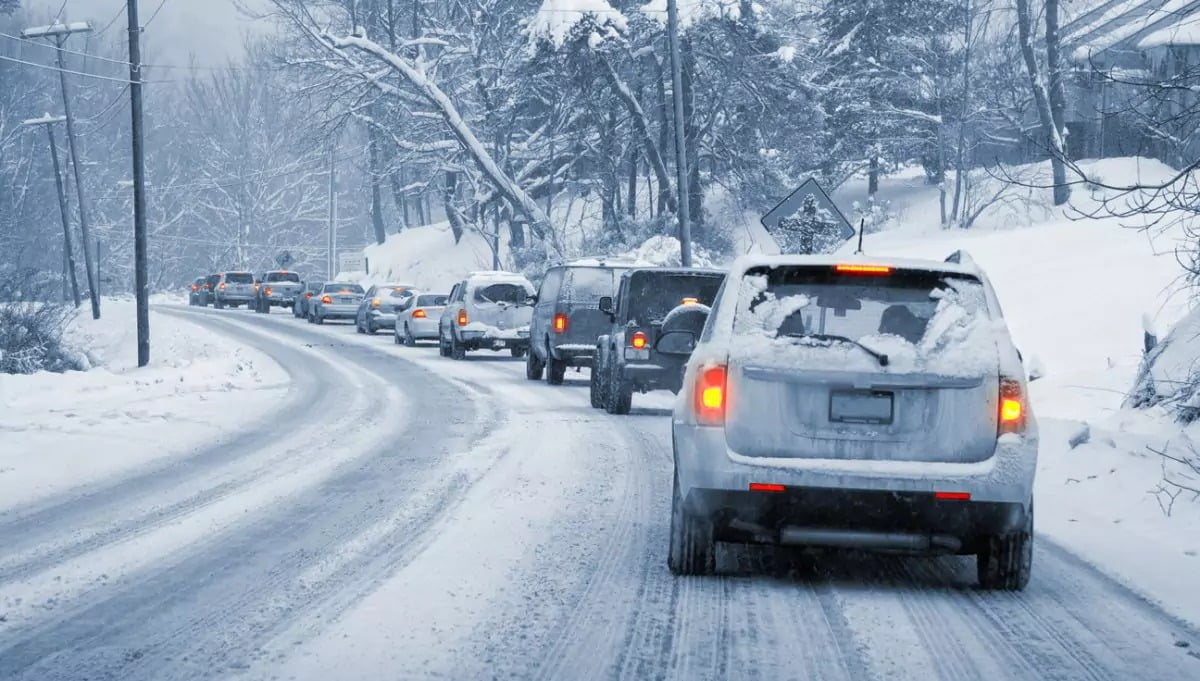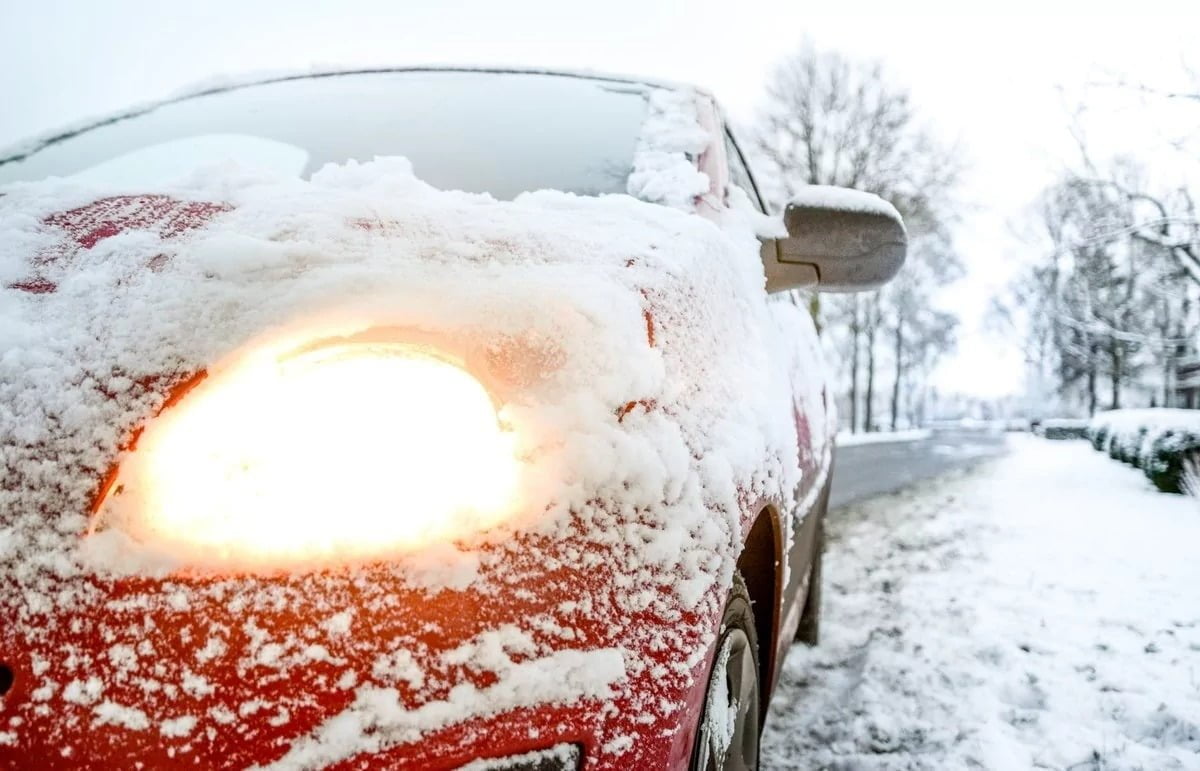When we think about protecting our homes from the elements, we tend to focus on the most extreme events — hurricanes, blizzards, golf ball sized hail stones crashing into your roof, that sort of thing.
While those are certainly scenarios to be concerned about, what is far more likely to cause damage to your home and endanger your safety is the humble Ontario thunderstorm. During the summer and fall months, Ontario sees literally hundreds of thunderstorms each year, any one of which has the potential to do serious harm to your home.
Here are a few tips to make sure you and your family are protected when the clouds start to rumble.
Stay Ahead of the Curve
Preparation is your best friend when it comes to storm safety. Just having a heads up on whether or not a storm is coming can make a big difference. Pay attention to the weather, be mindful of forecasts predicting large storms and be especially attentive to imminent warnings.
Does this mean you have to stay glued to the Weather Network or CP24 like you were living in a dentist’s waiting room? No. But if you have a smart phone, there are a number of services and apps you can set up to alert you about extreme weather events in your area. These small updates are a non-intrusive way to stay informed about your local conditions and let you know if a real whopper is heading your way.
If you’re likely to be hit by a storm in the near future, go ahead and make a few small preparations. Dig out your flashlights and candles and make sure you have batteries and matches for both. If a power outage is likely and you don’t have a gas stove, make sure you have food on hand that doesn’t require significant preparation like fruit or sandwich fixings (or Doritos). Most power outages are short, but it’s better to have a few meals worth of food on hand than not, especially if you have children.
And of course, always remember that if you can hear thunder that means you are within the risk area for a lighting strike. A direct strike may be unlikely, but why take the chance? Get you and your family indoors or at least inside a vehicle and stay there until the storm is completely over.
Don?t Let Your Electronics Fry
When a storm hits, the damage your home is likely to receive doesn’t come in the form of a dramatic bolt from the sky, but from a run of the mill power surge.
Power surges are deadly to home electronics. Delicate and expensive electronics such as TVs, game systems, and computers are the most susceptible to damage from a surge, but even large appliances such as ovens and furnaces can be vulnerable. Power surges can elevate the risk posed by a storm from a minor inconvenience to a costly disaster. Who has the money to go out and replace their flat screen and the kids? gaming system out of the blue?
The best protection against a power surge is to unplug. If storm is coming, power down your devices and unplug them till the storm passes. But sometimes, this isn’t an option. What happens if a storm hits while you’re at work or out of the house? Or during an event that is too important to miss, like the Super Bowl or little Johnny’s life-defining game of Fortnite? These extremely serious cases are why it’s wise to invest in surge protectors. Surge protectors should be standard equipment for all major electronics, they are relatively cheap and can save your device’s life when it counts. Be sure to spend a little extra and get a quality brand one that comes with a warranty.
But while I’m being glib about sporting events and video games, what about real essential devices? What if you work from home and truly can’t afford to turn off your computer every time thunder rumbles? What if you or a loved one sleeps with a CPAP machine to regulate their breathing?
This is when you want to look into serious power supplies. There are a number of Uninterrupted Power Supply (UPS) products for computer systems designed to both protect your PC from a power surge and keep it running during an outage. These vary from small systems designed to provide a few minutes worth of extra time to save your work and power down safely, to more powerful rigs designed to muscle through hours worth of a power outage.
Same with CPAP machines. An external back up power supply is an essential investment for such a device. Not only will this protect you or your loved one during a storm, it can also be useful if you end up camping or travelling.
While we’re thinking about it, you may want to consider a back-up power supply for your phones. It might sound silly, but if a power outage stretches on for hours, it’s very possible you’ll end up with a dead battery in your phone (especially if you’ve been amusing yourself). Not great if a storm gets serious and you need to call for help or keep in contact with relatives. External phone chargers are a dime a dozen these days, pick one up and make sure to charge it before a storm hits.
Around the Homestead
We’ve talked a lot about keeping yourself and your belongings safe during a storm, but we should also consider the home itself. These might not be changes you could do to help against an imminent storm, but longer-term projects to protect your home in the future.
First off, be sure to trim back any nearby trees. Tall trees are natural targets for lightning, and during a storm these overhanging branches can become serious hazards if dropped on your roof, car, shed, or any other property you may own. If struck by lightning, branches even carry the risk of becoming fire threats. Keep the trees on your property to a reasonable height and trim back any overhanging branches.
With thunder and lightning, you can also expect lots of rain. During extreme storms, water can be just damaging as lightning if your home is unprepared. Make sure your downspouts are clear and capable of dealing with a high volume of water. All downspouts should exit several feet from your home and into natural drainage areas such as grass and soil. If water is left to pool around your home, it can seep into your basement causing all kinds of long-term damage.
Lastly, if you live in an area that is particularly bad for storms, you might even consider a lightning rod system. These are actually a little more complicated than many realize, a lightning rod is more than a metal stick waiting to get zapped. A lightning protection system will include an attracting rod and a series of conductors leading into the ground, providing a clear, safe path for lightning to travel and disperse should a bolt hit your home. These systems can be a bit expensive, starting around $2000, but that could be worth it depending on your risk factors.














0 Comments